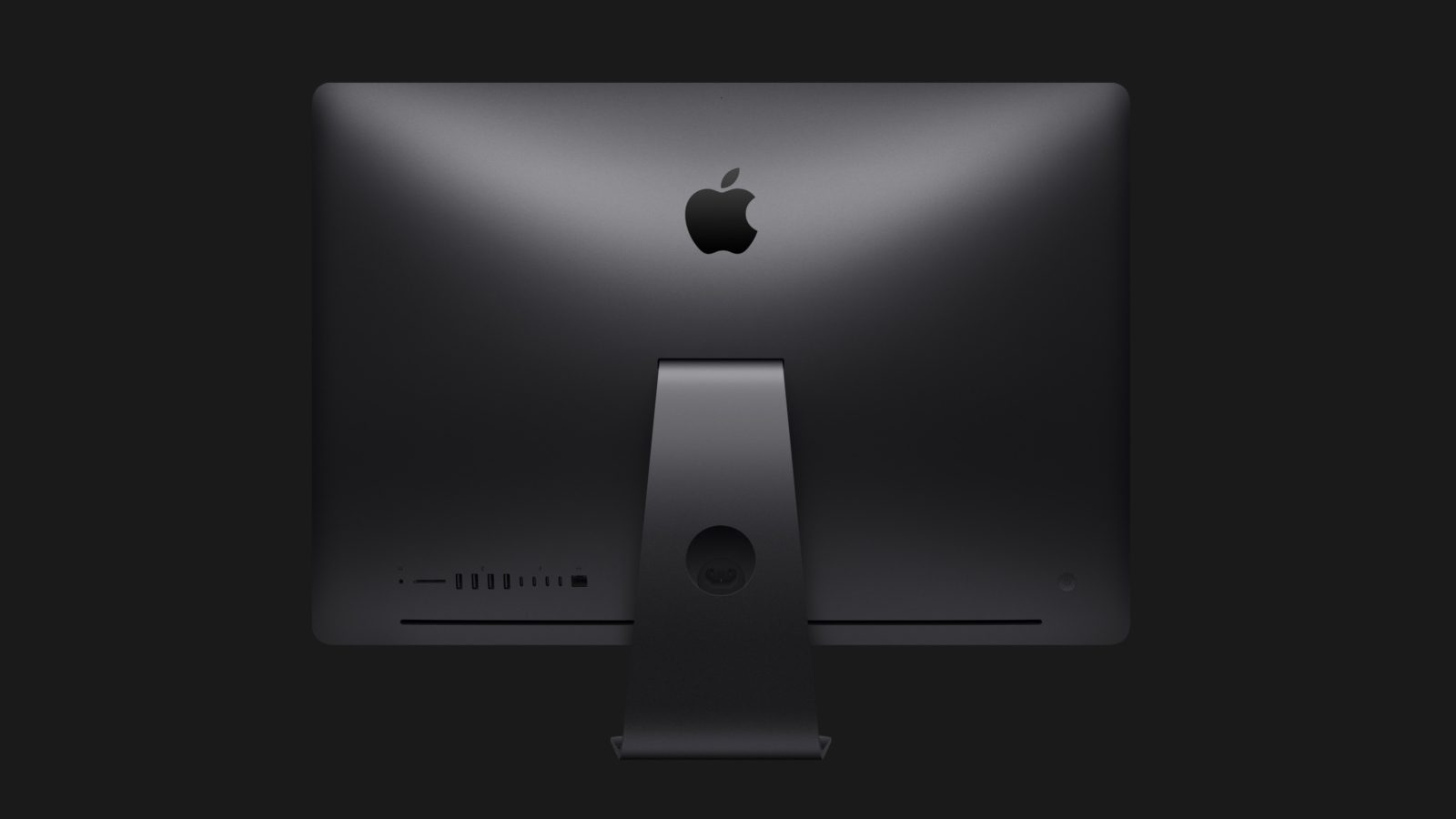
If you have ever used a Windows computer (at work, for example) you might be familiar with the Ctrl+PrtScn option if you want to take a screenshot. It’s literally a button on most Windows keyboards. You can also use the Snippet Tool, but if you also use a Mac product, it’s not quite that straightforward. There are several ways that you can take screenshots on a Mac.
Preview offers the option from the File menu. There’s also a little screen capture app called Grab. But the easiest and most common method (as used by myself) is to utilize the built-in shortcut key combinations. To take a screenshot of your entire screen, simply hit Shift+Command+3. Alternatively, if you just want to take a screenshot of a portion of the screen, you can use Shift+Command+4.
Ok, so you’ve taken the screenshot – now what?

How to Change Where Screenshots Get Saved in macOS
- Open a Finder window and press Shift-Command-N to create a new folder where you want your screenshots to be saved. Click the folder’s name if you’d like to rename it.
- Launch the Terminal app (found in Applications/Utilities).
- Type in the following command and then press the spacebar, but don’t hit Enter just yet: defaults write com.apple.screencapture location
- Now drag the folder you just created into the Terminal window. The folder’s path should appear after the command you typed in. Press Enter.
How to Change the Default File Format of Screenshots
- Launch the Terminal app (found in Applications/Utilities).
- To change the screenshot format to JPG, TIFF, GIF, PDF, or PNG, type in the command defaults write com.apple.screencapture type followed by a space, and then type the relevant format suffix. (We’ve used JPG in the example below.)
- Press Enter.
- Test if the command has been applied by taking a screenshot with Shift-Command-3. If the image is still being saved in the previous format, restart your Mac manually, or reboot by typing the Terminal command killall SystemUIServerand pressing Enter.

Tips for Taking Selection Screenshots
Tip: 1 When using the Shift-Command-4 shortcut combined with the spacebar to capture windows, you can eliminate the window’s drop shadow from the screenshot by using Option-click instead of regular click.
Tip: 2 When using Shift-Command-4 to grab a portion of the screen, if you misjudge the initial point of your selection, hold down the spacebar before releasing the mouse button and you can reposition the entire selection area.
Tip: 3 When making a selection with Shift-Command-4, press the Option key before releasing the mouse button and move your mouse around to resize the dimensions of the selection area from its center point.
Tip: 4 When expanding a selection area with your mouse, hold down the Shift key to lock the dimensions of the area except for the direction that you’re presently dragging in.
Bonus Tip: If you have a MacBook Pro with Touch Bar you can customize the Control Strip region to include a Screenshot button with selection options. Simply select System Preferences -> Keyboard -> Customize Control Strip, and drag the button onto the Touch Bar area.



